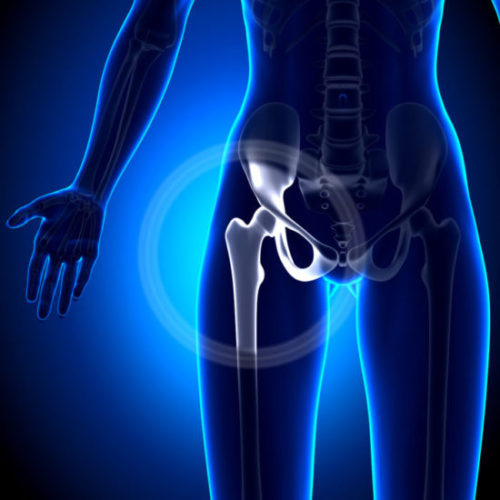A Six Pack Split (Abdominal Separation)

This months blog is about splitting your ‘six pack’ and I don’t mean the beverages. We’re talking about separation of the abdominal muscle, the rectus abdominis, termed diastasis recti or recti diastasis.
The easiest way to describe it is if your abdominal ‘six pack’ muscle divorced itself with the left and right side separating to either side of the body leaving a gap in between. This gap is loose connective tissue that has a will of its own and can be compared to an overstretch elastic band.
It’s generally not a painful condition and most find it aesthetically displeasing. The gap, created by looseness in the connective tissue that normally holds both sides together, can give the appearance of still being pregnant. Some women continue to have their pregnancy pouch and can feel a drop inwards along this line when they are laying on their back. This can be a very frustrating thing to resolve since many postpartum exercises can encourage this gap to remain or widen in some cases. Abdominal separation happens to almost every women straight after delivery. For most people it does resolve on its own and many women can resume pre-pregnancy activity levels without any complications.
Testing for an abdominal separation is included in many postpartum check ups at 8 weeks. A referral onto a physical therapist is warranted when this gap persists after 8-12 weeks. Resolving an abdominal separation does require individualized care from a trained professional to ensure your body is activating the right muscles at the right time and not compensating.
Abdominal separation can cause pain and dysfunction in nearby regions such as the back, hips, pelvis and pelvic floor. Simple things like lifting, carrying, and retaining continence can be much more challenging with a recti diastasis. Two thirds of women with a recti diastasis report pelvic floor dysfunction including incontinence and pelvic organ prolapse.
A trained physical therapist in pelvic health can address the recti diastasis and other contributing weaknesses such as pelvic floor dysfunction, pelvic mal-alignment and lumbar dysfunction. This can be done in conjunction with re-training the abdominals and re-teaching them to control movement appropriately. This type of personalized care can help you meet your goals and allow your body to function more efficiently.








